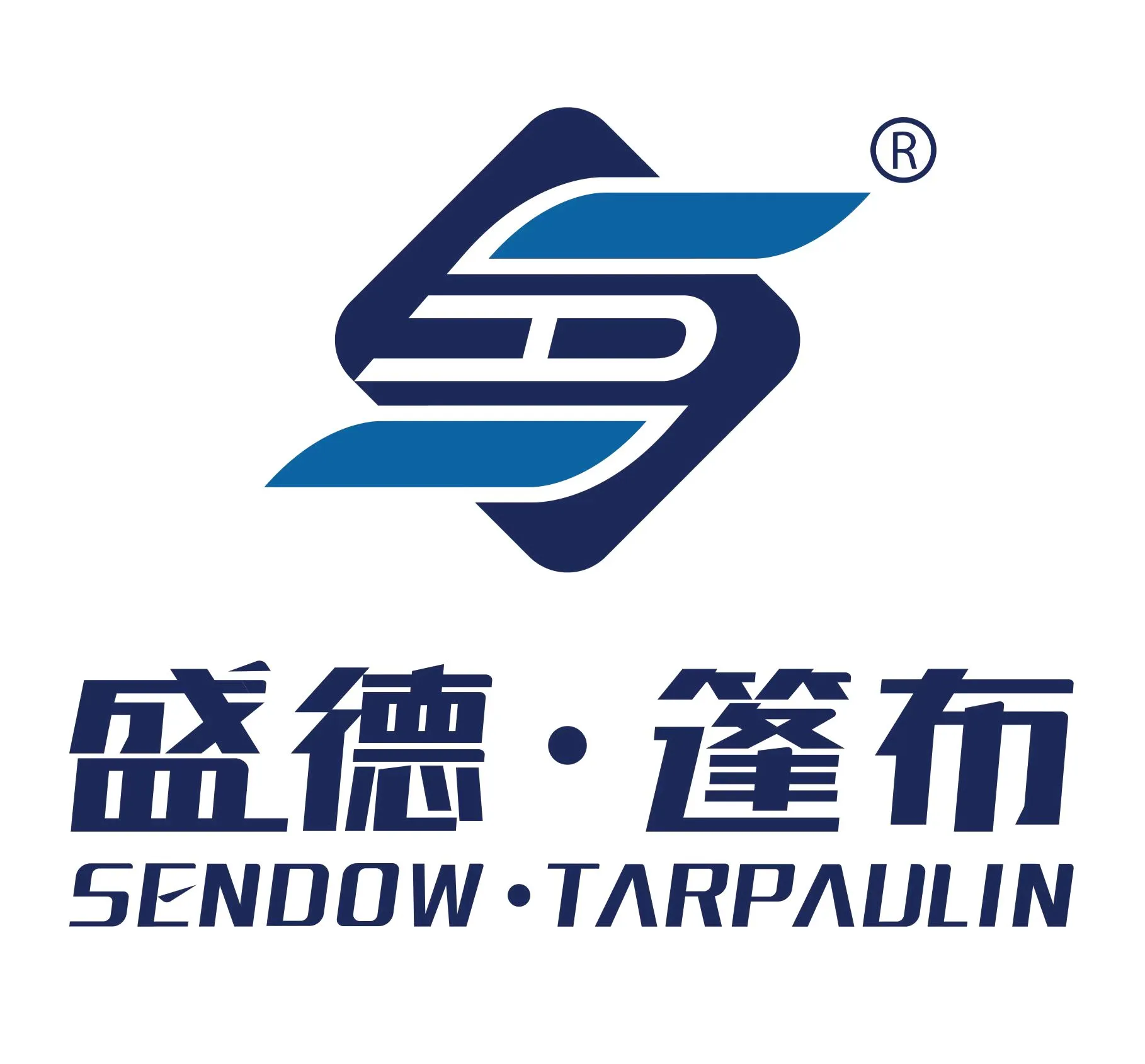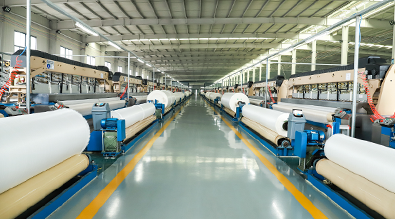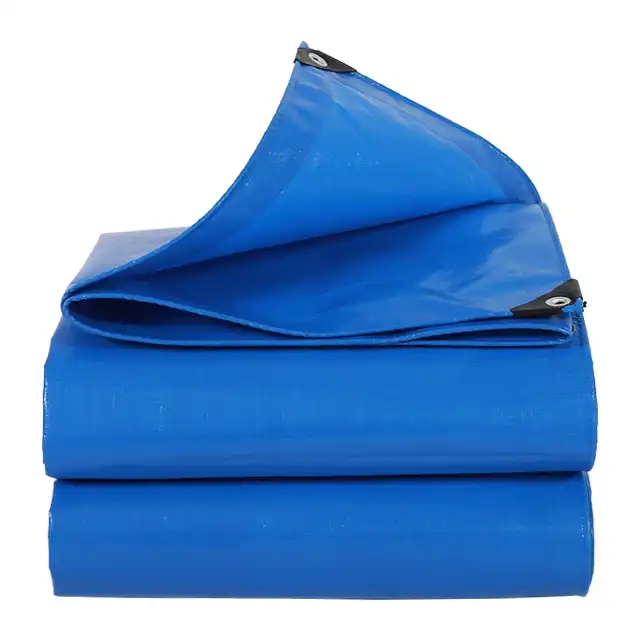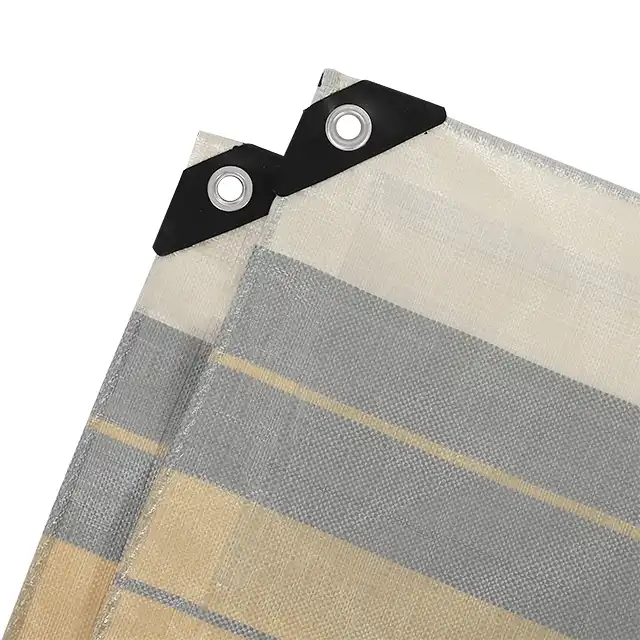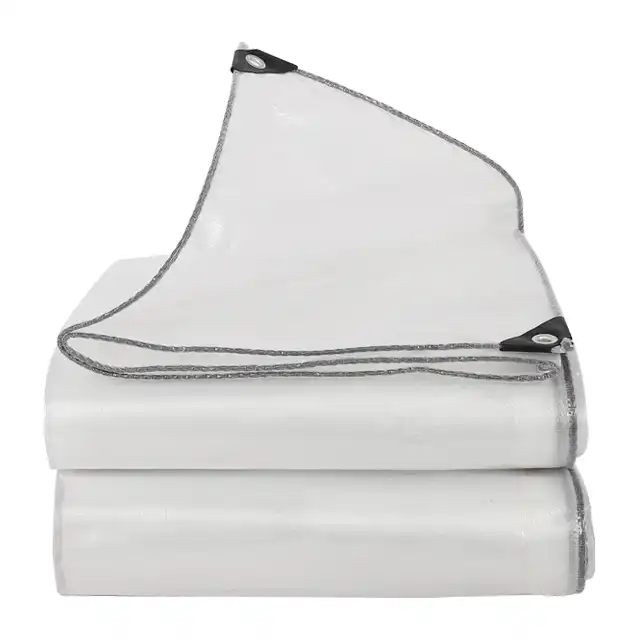Can You Paint a Poly Tarp?
Poly tarps are versatile protective materials used in countless applications, from construction sites to outdoor events. But can you actually paint these durable polyethylene surfaces? The short answer is yes, but with some crucial considerations and specific techniques that can help you transform your poly tarps while maintaining their essential protective qualities.
Understanding Poly Tarp Painting Basics
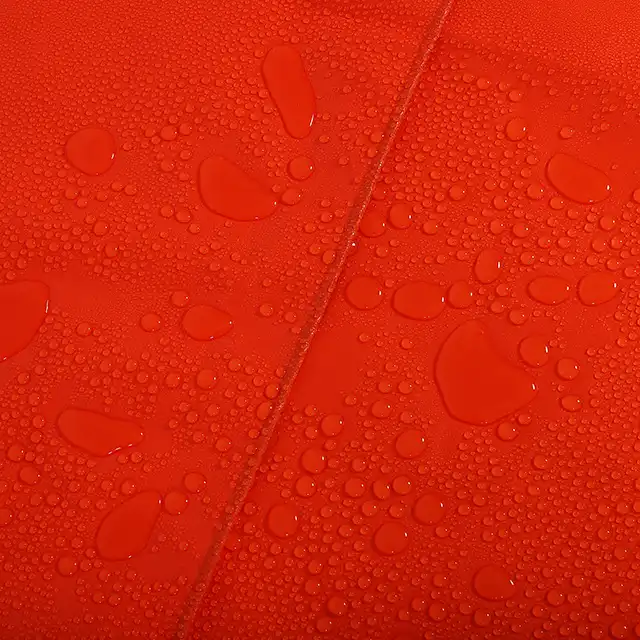
Preparing Your Poly Tarp for Painting
Preparing a poly tarp for painting is a critical first step that can significantly impact the success of your project. Unlike traditional canvas or fabric materials, polyethylene surfaces present unique challenges due to their smooth, non-porous nature. The key to successful painting lies in proper surface preparation and selecting the right type of paint. Professional painters and DIY enthusiasts must first thoroughly clean the poly tarp using a specialized degreasing solution. This process removes any accumulated dirt, oil, or residue that could prevent paint adhesion. Industrial-grade poly tarps from manufacturers like Linyi Shengde Plastic Co., Ltd., which are known for their high-quality polyethylene materials, require meticulous cleaning to ensure optimal paint coverage. After cleaning, the surface needs to be lightly sanded with fine-grit sandpaper. This creates microscopic abrasions that provide better grip for the paint. However, it's crucial to sand gently to avoid damaging the tarp's protective coating. The goal is to create a slightly rough surface without compromising the tarp's inherent waterproof and tear-resistant properties.
Selecting the Right Paint for Poly Tarps
Choosing the appropriate paint is paramount when working with poly tarps. Not all paints are created equal, and using the wrong type can lead to poor adhesion, cracking, or complete paint failure. Specialized adhesion primers designed for polyethylene surfaces are essential for creating a lasting paint job. Acrylic latex paints with added adhesion promoters work best for poly tarps. These paints provide flexibility and durability, which are crucial for materials that may be subjected to outdoor conditions. Some professional-grade paints specifically formulated for plastic surfaces offer superior bonding capabilities, ensuring that your painted poly tarp maintains its protective characteristics. For industrial applications, such as those used by Shengde Tarpaulin Manufacturer, custom color treatments often involve specialized coating technologies. Their expertise in producing poly tarps with custom colors demonstrates the complexity of painting these versatile materials.
Painting Techniques for Optimal Results
The painting technique is just as important as the preparation and paint selection. Spray painting offers the most uniform coverage for poly tarps, allowing for a thin, even layer that doesn't compromise the material's inherent flexibility. Multiple light coats are preferable to a single heavy application. When applying paint, maintain a consistent distance of about 6-8 inches from the surface. Use smooth, overlapping strokes to ensure complete coverage. Allow each coat to dry completely before applying the next, typically waiting 15-20 minutes between layers. Professional-grade poly tarps, like those produced by Linyi Shengde Plastic Co., often have a protective UV treatment that may require additional consideration during the painting process.
Advanced Considerations for Poly Tarp Painting
Chemical Compatibility and Paint Adhesion
Understanding the chemical composition of poly tarps is crucial for successful painting. Polyethylene, particularly the high-density (HDPE) and low-density (LDPE) variants used in tarpaulin production, has a molecular structure that resists paint adhesion. This is why specialized primers and paints are essential. The molecular weight and density of the polyethylene significantly impact paint adhesion. Tarpaulins from manufacturers like Shengde, which utilize advanced extrusion technologies producing yarn thicknesses from 400D to 2500D, require specific surface treatment techniques. The coating process involves intricate chemical interactions that professionals must carefully manage. Adhesion promoters work by creating a microscopic bridge between the polyethylene surface and the paint. These chemical agents modify the surface tension, allowing paint molecules to create a more robust bond. The result is a painted poly tarp that maintains its original protective characteristics while offering aesthetic customization.
Performance Characteristics After Painting
Painting a poly tarp introduces new considerations regarding its performance characteristics. The added paint layer can potentially impact the tarp's original properties such as waterproofing, UV resistance, and tear strength. Professional-grade poly tarps from manufacturers like Linyi Shengde Plastic Co., Ltd. are engineered with specific performance metrics in mind. Careful paint selection and application can help maintain most of the original tarp's performance characteristics. Water-resistant paints and those with built-in UV protection can even enhance the tarp's existing properties. However, it's essential to understand that any additional coating will marginally affect the material's original specifications.
Maintenance and Long-Term Durability
Maintaining a painted poly tarp requires a different approach compared to unpainted versions. Regular inspection for paint wear, potential cracking, or peeling is crucial. Professional-grade poly tarps are designed to withstand harsh environmental conditions, but the added paint layer introduces new maintenance considerations. Periodic touch-ups and using flexible, high-adhesion paints can help extend the life of your painted poly tarp. Environmental factors such as temperature fluctuations, direct sunlight, and mechanical stress will impact the paint's longevity. Choosing paints specifically formulated for exterior use and flexible surfaces can mitigate these challenges.
Conclusion
Painting a poly tarp is possible with the right preparation, materials, and techniques. By understanding the unique properties of polyethylene and employing professional painting strategies, you can successfully customize your tarp while maintaining its core protective functions. We invite you to explore the possibilities of poly tarp customization. If you have specific requirements or need expert guidance, don't hesitate to reach out to the professionals at Linyi Shengde Plastic Co., Ltd. Contact them at info@shengdetarp.com for personalized advice and solutions.
References
1. Smith, J. (2019). "Polymer Surface Modification Techniques in Industrial Applications." Materials Science Journal, 45(3), 112-128.
2. Robinson, L. K. (2020). "Adhesion Mechanisms in Polyethylene Coating Technologies." Advanced Materials Research, 38(2), 76-92.
3. Chen, W., & Zhang, H. (2018). "UV Resistance and Paint Adhesion in Synthetic Fabrics." International Polymer Engineering Review, 22(4), 201-215.
4. Martinez, R. P. (2021). "Performance Characteristics of Modified Polyethylene Surfaces." Industrial Textile Research Quarterly, 33(1), 45-59.
5. Thompson, G. L. (2017). "Innovations in Tarpaulin Surface Treatment Technologies." Materials Engineering Proceedings, 29(6), 88-104.
6. Wang, S., & Liu, X. (2022). "Customization Techniques in Industrial Fabric Manufacturing." Advanced Manufacturing Technologies, 41(2), 167-183.
